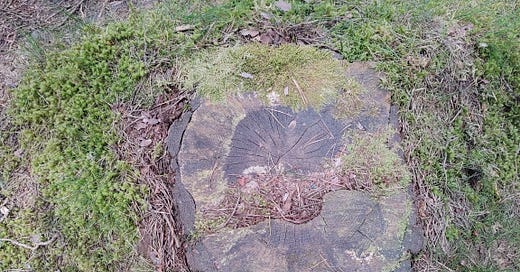Much of what has been detailed here in this treatise is based on information and stories gathered over the generations, and local rumour and lore.
As has been mentioned already, a key element of Back-Folk culture is the impermanence of material objects, though there are some practical, and a handful of more ceremonial or traditional, exceptions to this rule.
The role the dùn plays in Back-Folk life is not fully understood, but it is clearly important. Likewise, how the histories of both dùn and Back-Folk intertwine is not known. There is little or no physical evidence of the Back-Folk left in or around the dùn (at least at surface level – there have been no known excavations).
There have been few remains found of the Back-Folk themselves. This is not surprising given cremation is a part of their tradition, but there have been remains found in the dùn, and at least one other case which suggested that a bog body of an Elder was found historically. No records survive of this, but knowledge of it remains as part of the local lore.
Yet, despite no body (pun intended) of physical evidence, the existence of the Back-Folk is embedded in the woodland in which they live, once you know for what you are looking. Whether a glimpse of a certain motif in the twisting and knotting of tree roots, or perhaps catching sight of some painted stones before the rain washes them clean; many people who walk through these woods will not realise the significance of such things as being evidence of Back-Folk life.
Far more important, however, is the way the woods feel. That combined sense of sharpness, alertness, with such a depth of peace can only be achieved in a place that is truly loved and respected. It has been suggested that this is the opposite of Unease; that the Back-Folk pour so much into their environment that it ends up as a tangible feeling, whether deliberate or not.




